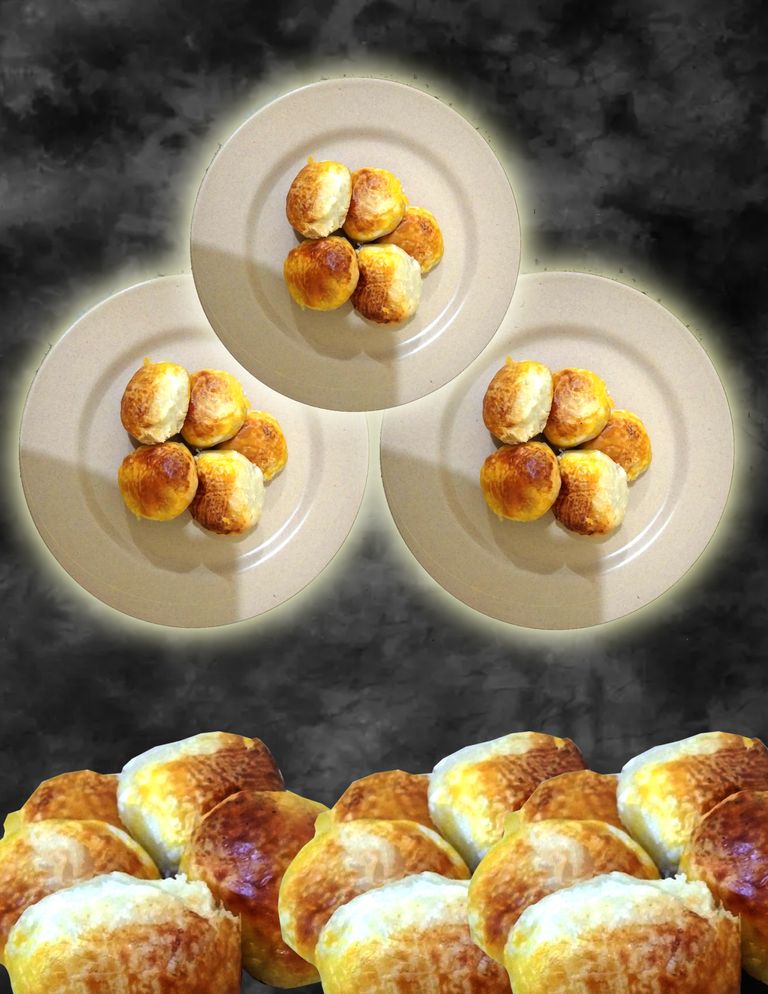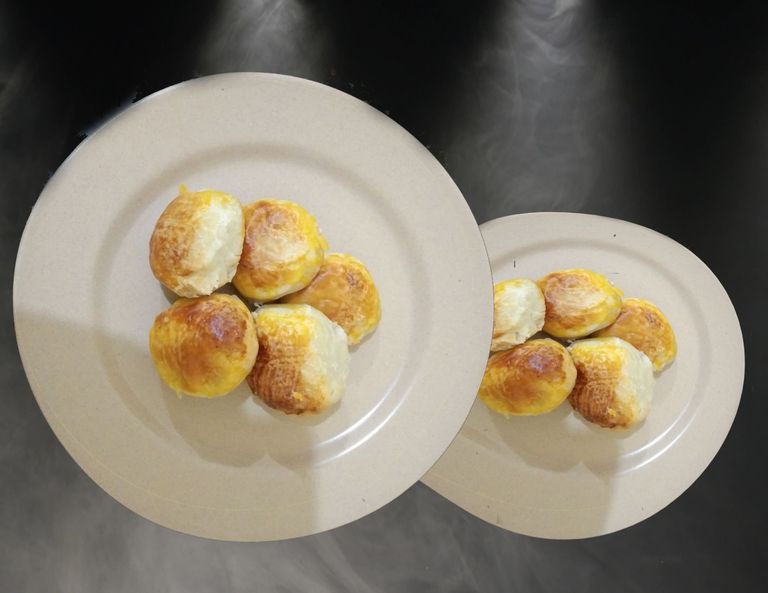Hopia features Chinese provenance and was brought to Filipinos in the early 1900s by Fukienese immigrants. In Hokkian, a dialect prevalent in Southern Fujian and Taiwan, it means "excellent pastry." Hopia is a type of low-cost moon cake that is part of the Chinese Mid-Autumn Festival ritual.

Hopia was founded by Fujian immigrants who settled in and blended with the urban populations of the Philippines. This pastry delicacy was initially served during the American occupation of the Philippines. Hopia is a tiny pastry that comes in crumbly or sweet cookie pie crust consistency.

It derives from the Chinese phrase ho-pian, which means "excellent biscuit," and it is similar to moon cake in that it is a pastry filled with a sweet paste that is typically presented as a gift to friends and relatives.

Whatever you choose to call it, there seems to be a purpose hopia is so trendy. A sweet, starchy filling in flavors unique to this continent, such as bean paste or mashed yam, lies beneath each pastry's thin crust.